The University of California Cooperative Extension (UCCE) Records for Merced County span well over one hundred boxes of documents and photographs and have a physical footprint of about 70 linear feet in the UC Merced Library.  That’s several ranges of library shelves, and yes, they are stored in our “archives vault.” That’s one of the differences between a library collection, where anyone can pick up a book from a shelf, and an archive, where a researcher typically schedules an appointment and identifies specific boxes to look at ahead of time. So how do you know what you can find in the archives? And why would someone want to access the archives?
That’s several ranges of library shelves, and yes, they are stored in our “archives vault.” That’s one of the differences between a library collection, where anyone can pick up a book from a shelf, and an archive, where a researcher typically schedules an appointment and identifies specific boxes to look at ahead of time. So how do you know what you can find in the archives? And why would someone want to access the archives?
For starters, yes, you can always contact the UC Merced Library to learn more about our collections and discuss a research question you may have. The library even offers a 24/7 chat reference service as part of the larger network of UC Libraries. Let’s say you are a fourth- or fifth-generation Merced farmer and you’re wondering if there is any information about your family farm in the archives. While there may not be a direct path to answering that question, knowing what the archives contain can direct you to where to look.
The Merced County Cooperative Extension records, along with other UCCE county records archived at UC Merced Library, have what is called a “finding aid” published in the Online Archive of California. This online guide provides information about the scope and background of the collection as well as an outline of how it is organized. Since these are the organizational records for the county Cooperative Extension office, they reflect the work and activities of that organization.
As a general principle, archivists take care to respect the original order of files based on the theory that the original organization may reflect relationships and context that are important to retain. In other words, when we receive a collection, we do not simply begin to organize materials alphabetically, by chronology, or by subject. Whether they are the personal files of an individual or the files from an organization, we take into account their grouping and sequence. In an organization, for example, records may be created and organized by department or by key functions. These groupings can help a researcher understand the structure and development of that business or organization. Sometimes, however, materials end up boxed or stored away without much thought to organization. Imagine if someone dumped all of their photos randomly into a box. If later the box is given to an archives, it will be up to the archivist to try to make sense of the contents and arrange them in such a way that is useful to a researcher.
The Merced UCCE records contain administrative files of annual, monthly and weekly reports from 1917-1974, and trial reports from roughly that time period. They also contain the files of individual farm advisors, some of whom inherited or subsumed the files of previous advisors into their files. For the most part, these farm advisor files are organized by specialization or research topics—for example, fruit trials, pomology, soil—keeping their original groupings. Additionally, there are files that were not associated with a particular advisor, but are grouped by subject or format, such as crops, livestock, 4-H, and audiovisual materials.
Uncovering information about a particular farm would take digging: if you knew about specific activities such as participation in a project or crop trial, you could hone in on records by time period or crop. The historic narrative reports often mention the activities of specific members of the Farm Bureau, and especially in the early years it is interesting to note those who had a prominent role.

The 1921 narrative report of the county agent lists members of the Cottonwood center and their projects.
So what are some other reasons for accessing the archives? Perhaps you have an interest in a particular crop and the varieties that were tried in the region or the growing practices or treatments used. A researcher could also trace the historical development of a particular industry in the county, such as dairy, through the reports and research documented in these records.
The 1921 narrative report of the county agent is an example of one reason why archives can offer interesting and valuable information. While the earliest volumes of the Merced County Farm Bureau Monthly are available online, the published information does not disclose the political struggles and organizational challenges faced in those early years, which county agent J.F. Grass so frankly writes about in his report:
Three school fights, two church fights, and the differences existing at Delhi has caused a splitting up to some extent of these centers, some of these getting down to personal quarrels. It is therefore surprising that under all these things the unity of the Merced County Farm Bureau is as strong as it is.
Primary source documents in an archive can offer a different perspective on a subject, and often a more direct or personal point of view than what’s available in the public record.
Now digitized, however, these historical perspectives are available for anyone curious or interested in seeing the fuller picture.
For more information: cara.ucmerced.edu




 Migrant girl, Three Rocks, California.
Migrant girl, Three Rocks, California. Maria Moreno and migrant laborers in the field.
Maria Moreno and migrant laborers in the field.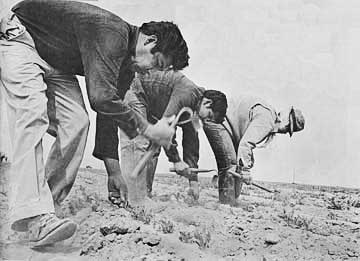 Workers using the short-handled hoe.
Workers using the short-handled hoe. Marchers north of Merced, en route to Sacramento.
Marchers north of Merced, en route to Sacramento.
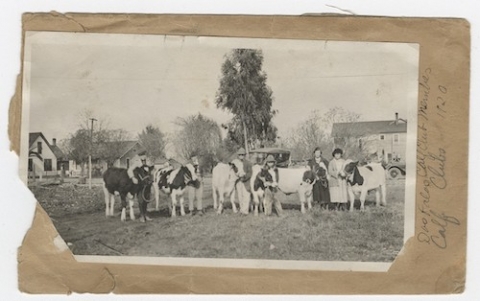


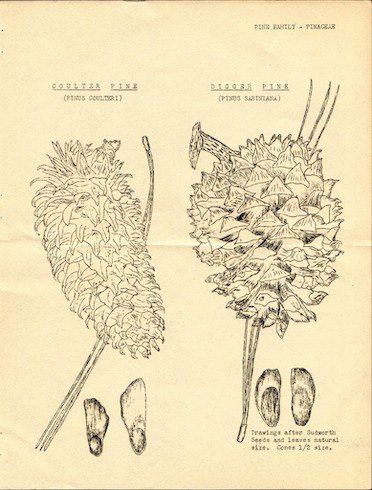
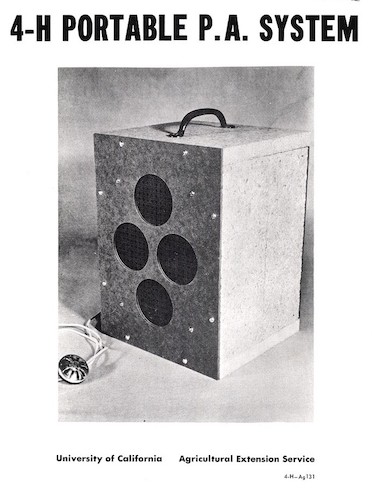


 That’s several ranges of library shelves, and yes, they are stored in our “archives vault.” That’s one of the differences between a library collection, where anyone can pick up a book from a shelf, and an archive, where a researcher typically schedules an appointment and identifies specific boxes to look at ahead of time. So how do you know what you can find in the archives? And why would someone want to access the archives?
That’s several ranges of library shelves, and yes, they are stored in our “archives vault.” That’s one of the differences between a library collection, where anyone can pick up a book from a shelf, and an archive, where a researcher typically schedules an appointment and identifies specific boxes to look at ahead of time. So how do you know what you can find in the archives? And why would someone want to access the archives?
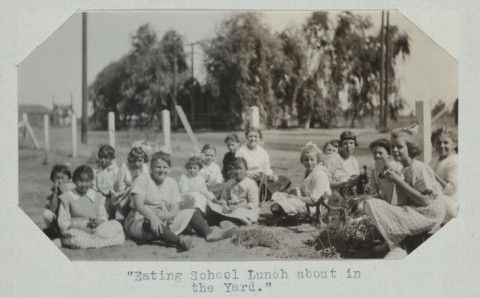

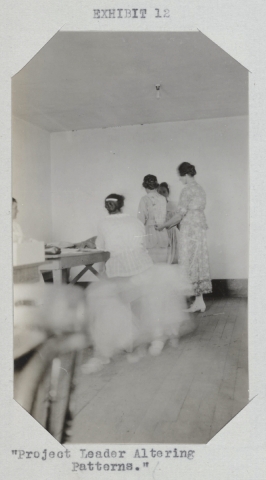
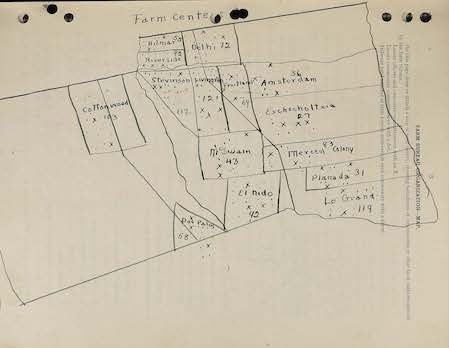


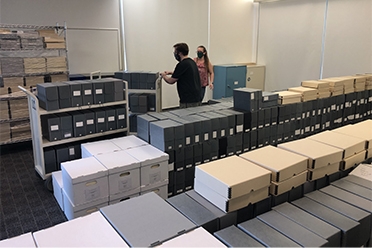
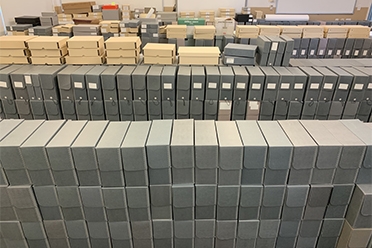
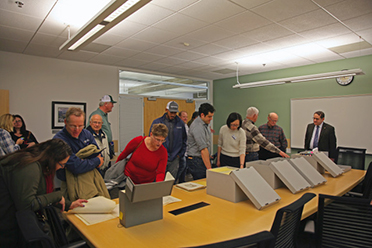



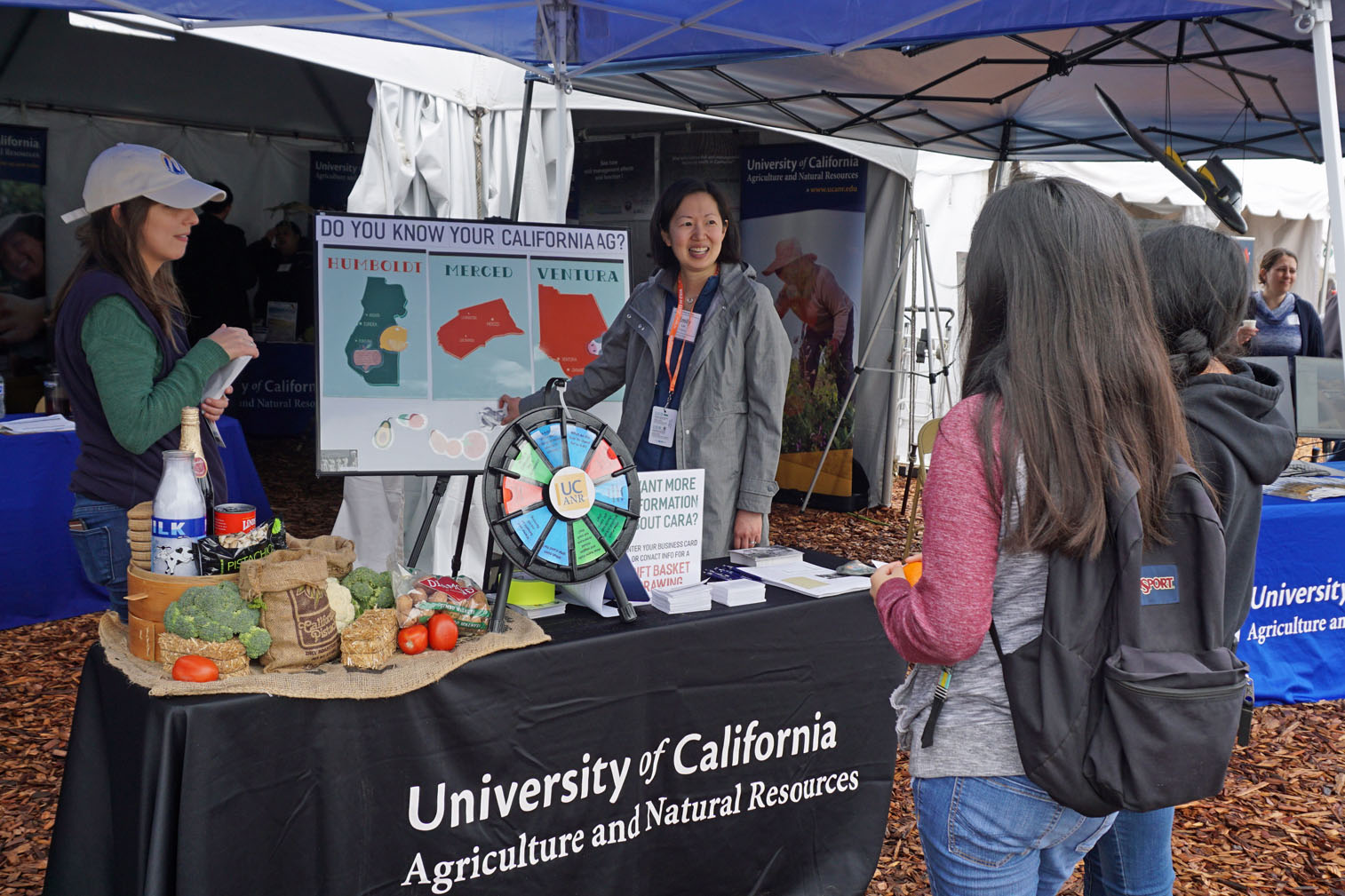 “Do you want to test your knowledge of California agriculture?” we asked visitors at the
“Do you want to test your knowledge of California agriculture?” we asked visitors at the  Participants learned about the significance of
Participants learned about the significance of 